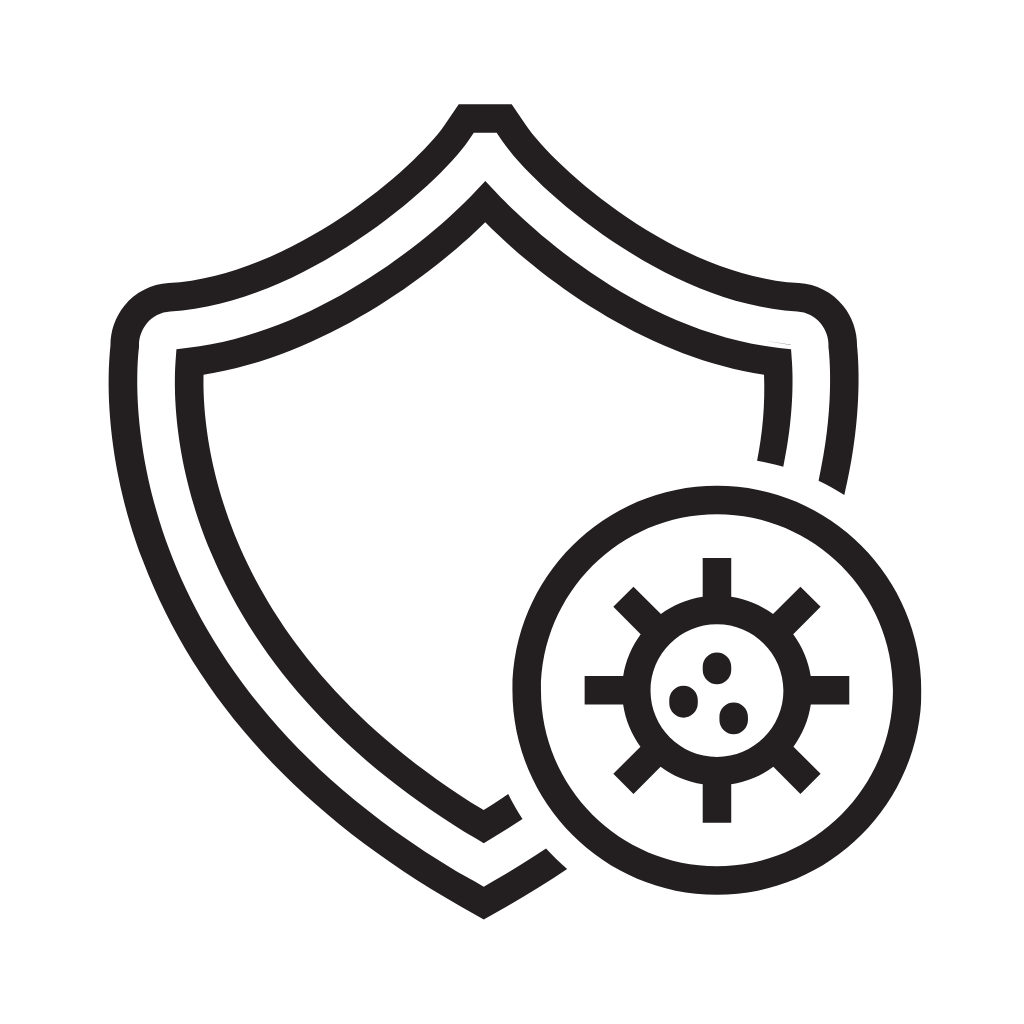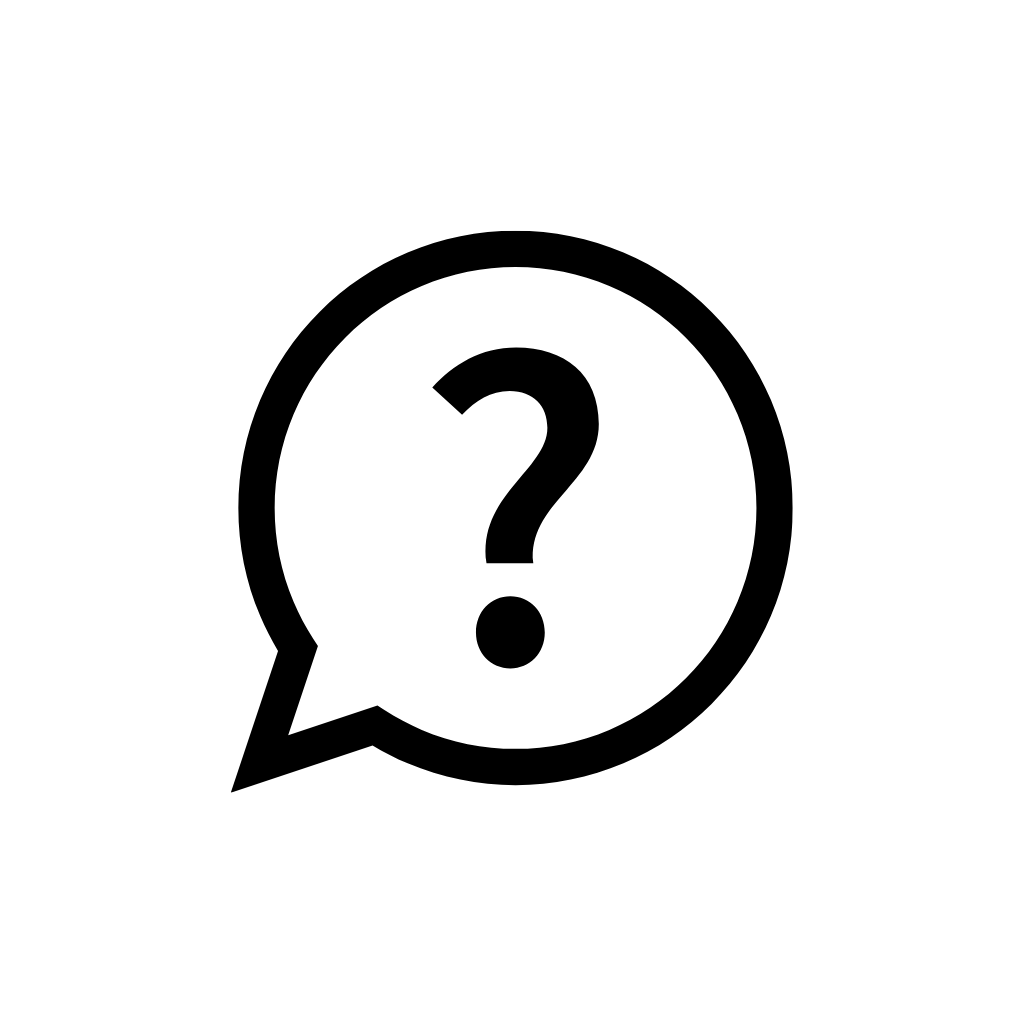What Works to Build Mental Immunity
Research points to dozens of things we can do to cultivate mental immunity, browse to learn more below!
If you’re an educator, check out our original What Works to Build Mental Immunity page for educators.
Mental Immunity Framing

This is the use of the “mental immune system” analogy to help us understand and improve our thinking.
Disinformation Awareness

Raise awareness of the prevalence of disinformation online.
.
Bias Awareness

Raise awareness of the existence and influence of cognitive biases so as to counteract them.
.
Logical Fallacies Awareness

Raise awareness of the existence and influence of logical fallacies so as to counteract them.
.
Socratic Questions

Use the Socratic method to empower the innate cognitive capacity to seek truth.
.
Critical Ignoring

Critical Ignoring involves strategically disregarding misleading and low-quality information whilst choosing information to focus on.
Fact Checking

Fact-checking is crucial for evaluating the credibility of information encountered in a digital landscape where misinformation & disinformation are rampant.
Debunking

To debunk something is to prove it false or misleading by highlighting specific factual inaccuracies and/or deceptive techniques.
The Scout Mindset

The Scout Mindset emphasizes the importance of seeking truth and understanding the world as accurately as possible.
Street Epistemology

Fact-checking is crucial for evaluating the credibility of information encountered in a digital landscape where misinformation & disinformation are rampant.
Steelmanning

Steelmanning is the practice of presenting the strongest possible version of someone’s argument; it is the opposite of “strawmanning.”
.
Confidence Scales & Real Reasons

These are two key parts of the Street Epistemology approach to dialogue that will vastly improve your interactions on difficult topics.
The ‘What Works’ series is part of the Mental Immunity to Manipulative Information Campaign (MIMIC).
Check out our Lesson Plans page, also part of MIMIC.
Return to Home | About | Learn More